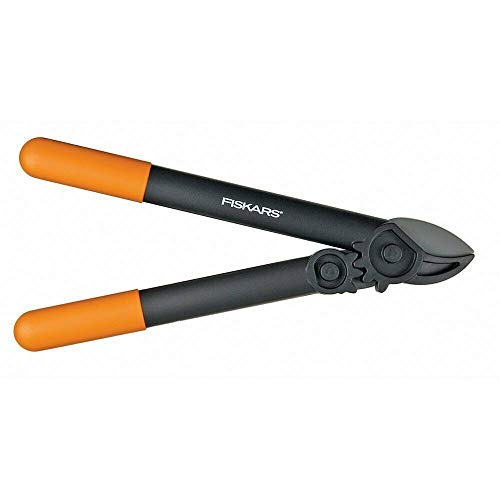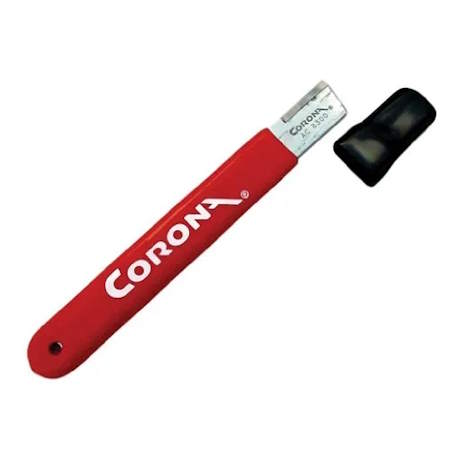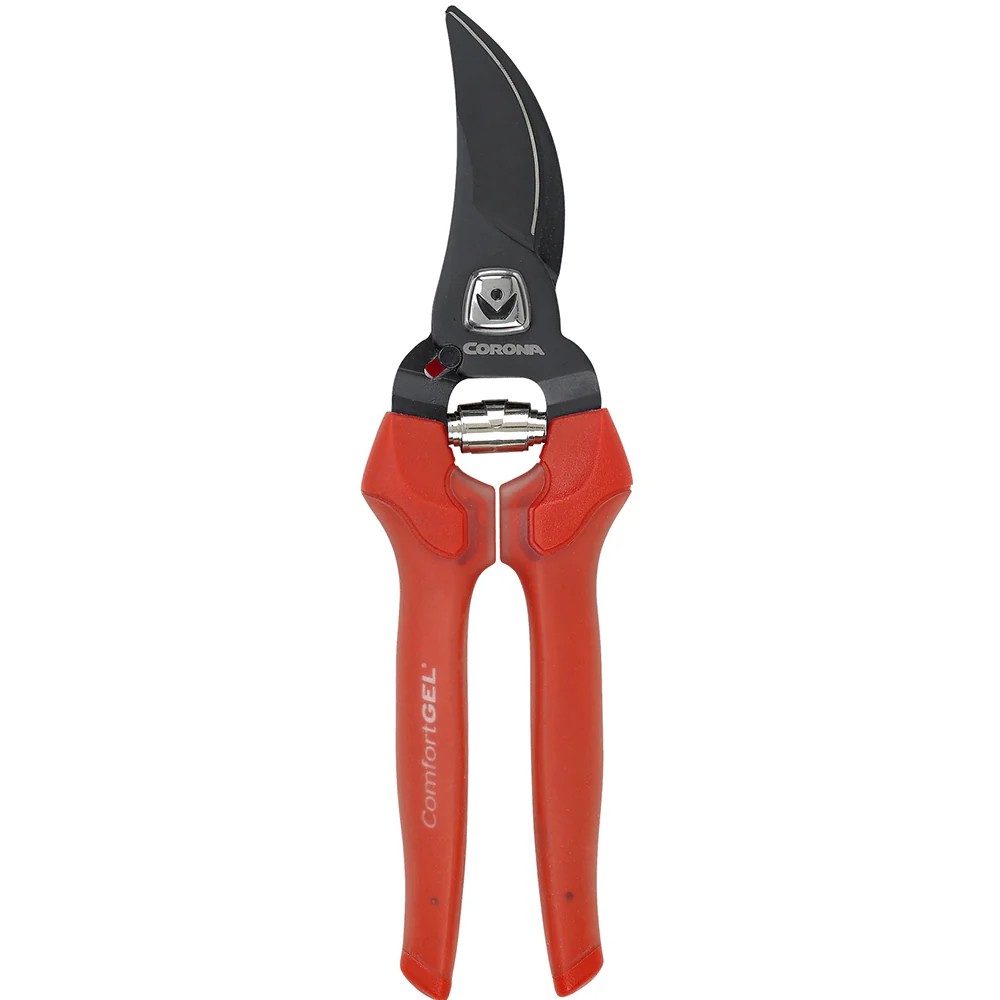When and how to prune ninebark – expert horticulturists share advice for shapely shrubs and beautiful displays
Including how to successfully rejuvenate older and neglected ninebark shrubs
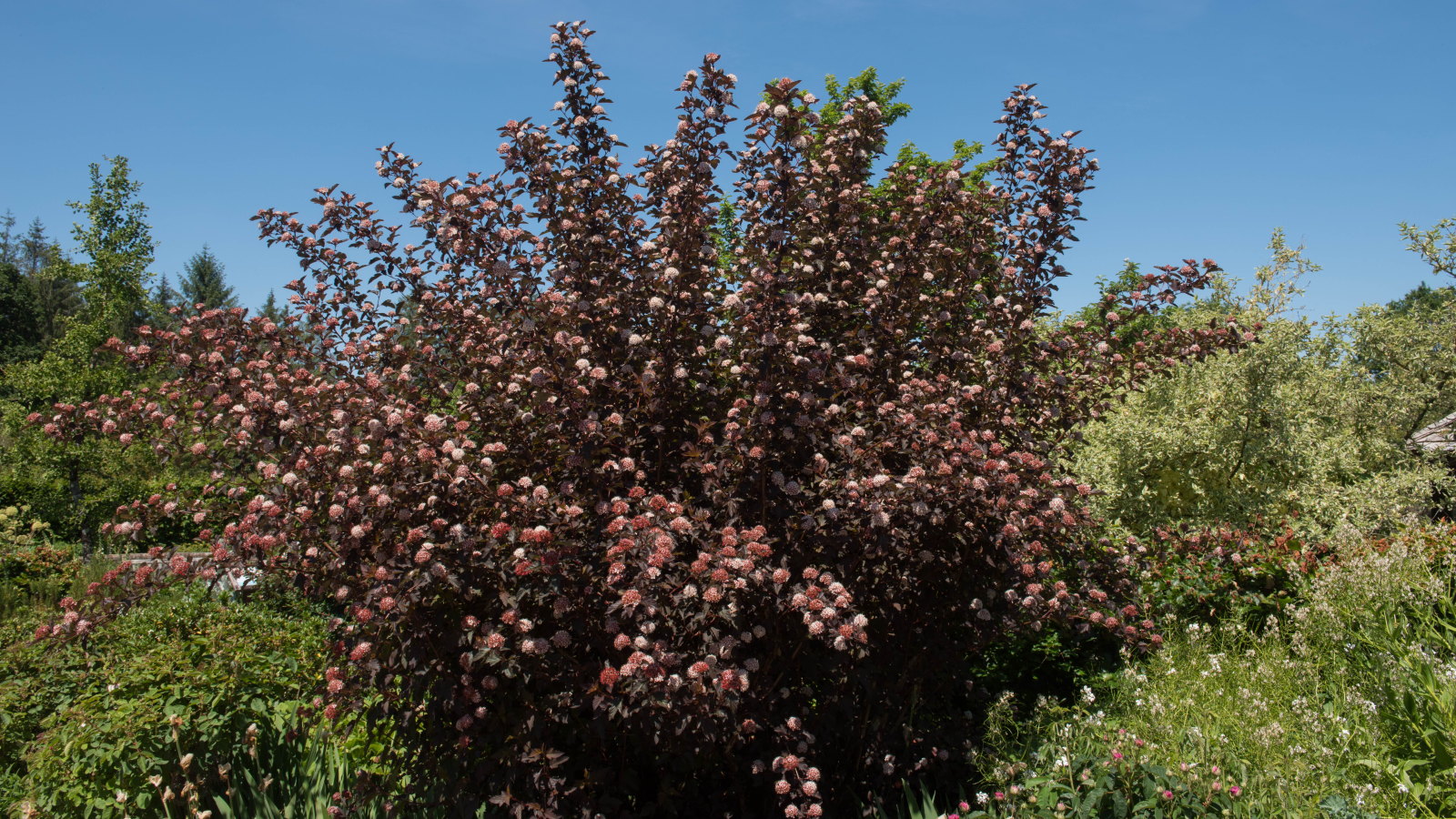

Ninebark, so-named for its distinctive peeling bark, is a shrub that often needs regular, light pruning to appear at its best. It can look stylish when unpruned, but there is a risk of it getting oversized, unattractive, or even collapsing if left untouched for too many years.
Ninebark shrubs can reach up to ten feet tall and six feet wide, depending on the variety. They are fast-growing, so regular pruning ensures any ninebark shrub remains healthy and vigorous. As they mature, older specimens can be selectively pruned for the best displays, or you can even rejuvenate neglected ninebark to look good again.
If you grow ninebark and want to learn more about pruning, this guide covers all you need to know. We deep-dive into when and how to prune ninebark shrubs, with expert tips so you can confidently prune and have healthy, thriving plants.
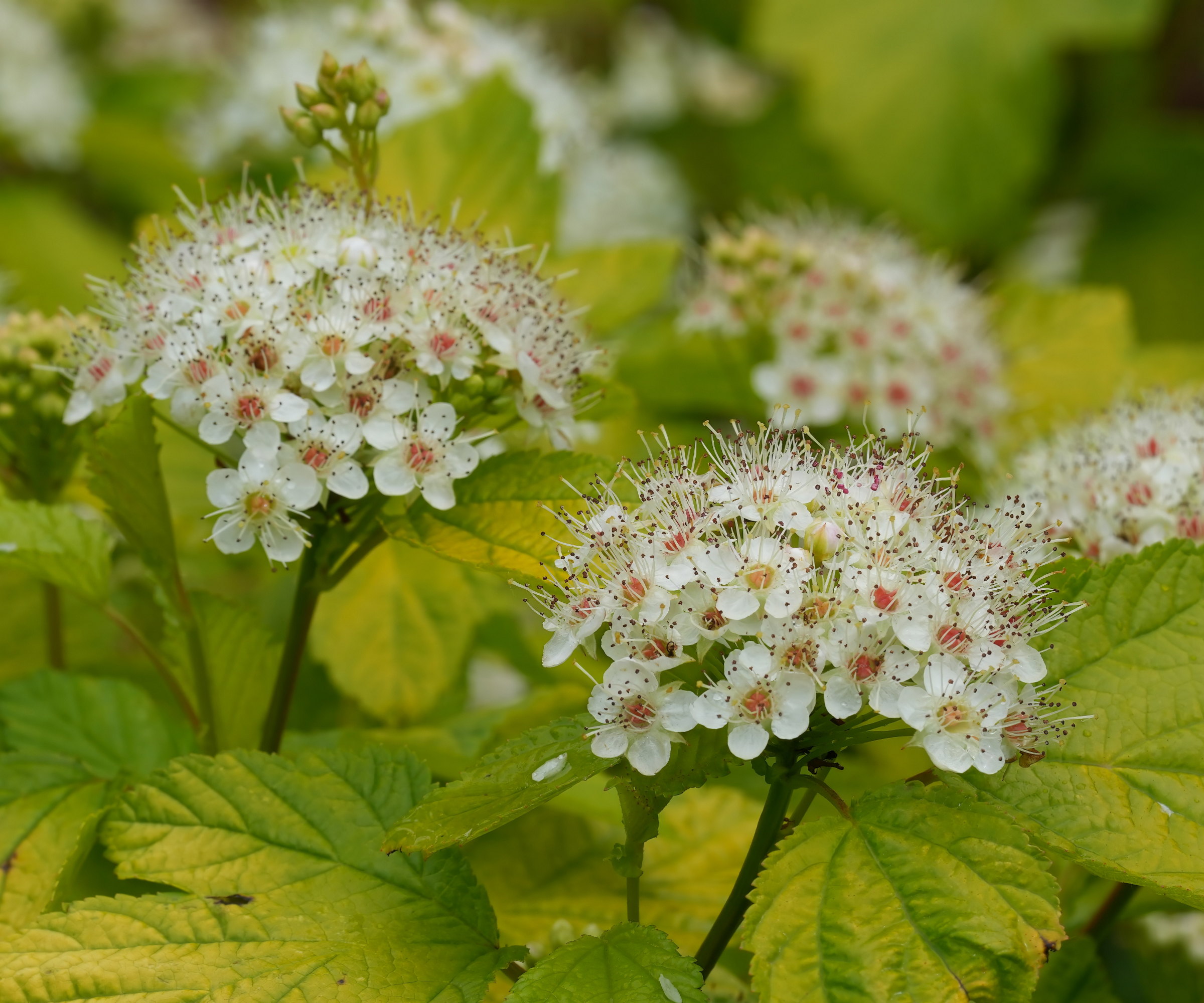
Do you need to prune ninebark?
Multi-stemmed flowering shrubs like ninebark often benefit from regular light pruning, which keeps them attractive and in good health. Ideally, it means trimming annually or at least every other year.
However, how often you prune your ninebark may depend on how you grow it.
Stacey Hirvela, experienced gardener and co-host of Gardening Simplified, claims that a ninebark bush can get ‘little pruning’ and still look great.
‘I prefer them unpruned,’ she admits. ‘Their long branches start to arch over gracefully, but if they are pruned, they look more upright. But people grow ninebark as a trimmed hedge, or simply trim it every year to keep it neater and less wild-feeling.’
Design expertise in your inbox – from inspiring decorating ideas and beautiful celebrity homes to practical gardening advice and shopping round-ups.
Alternatively, Nikki Bruner from Perfect Plants Nursery adopts the latter approach, saying: ‘I recommend annual maintenance to thin out older branches and improve air circulation.’

Stacey Hirvela attended the New York Botanical Garden School of Professional Horticulture, followed by stints as a rooftop gardener in Manhattan, the horticulturist for the former Tavern on the Green restaurant in Central Park, and as a garden editor and radio host for Martha Stewart Living. She currently serves as marketing manager for Proven Winners ColorChoice Shrubs and co-hosts the radio show, podcast, and YouTube show, Gardening Simplified On Air
When to prune ninebark
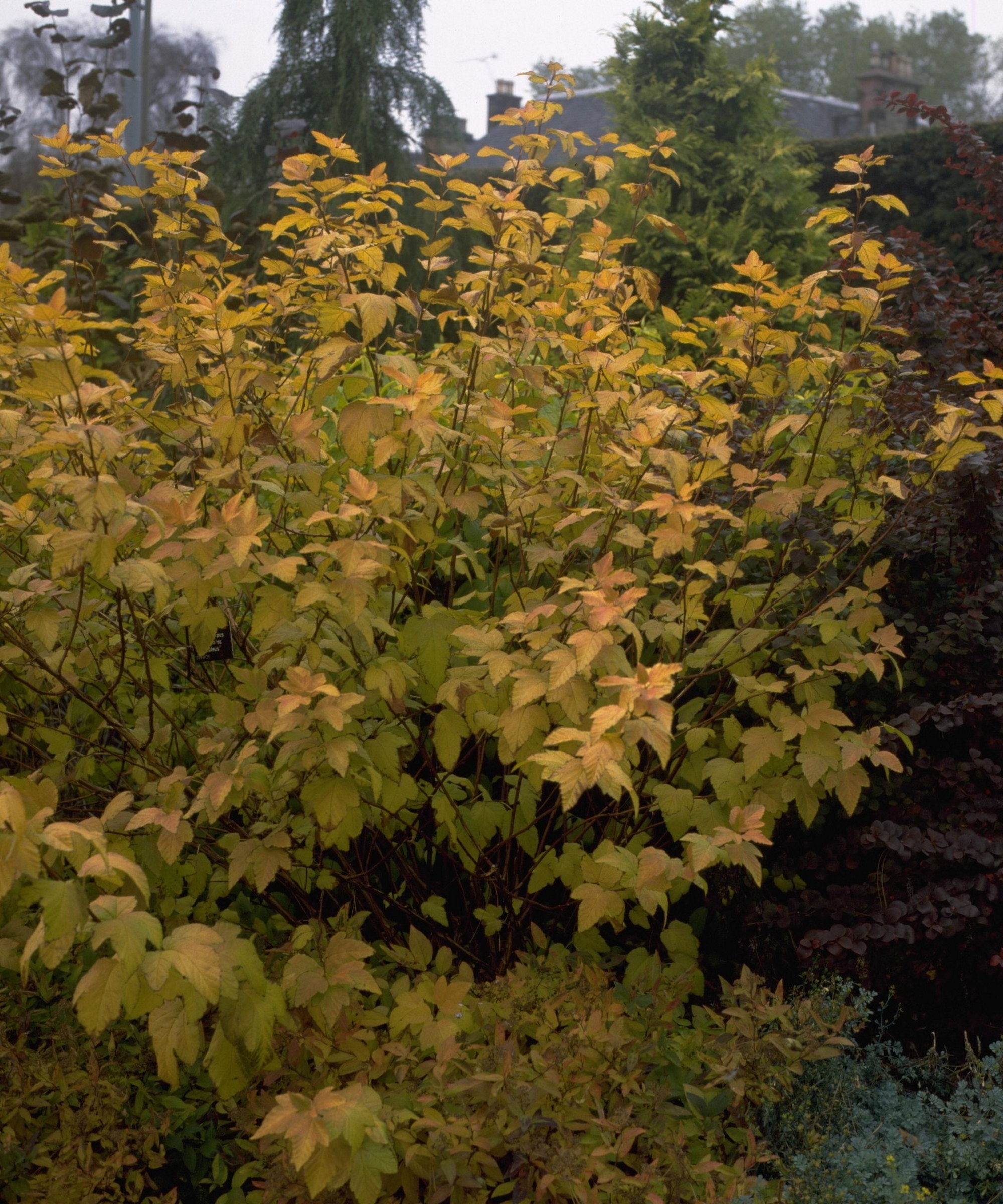
Whether you do little or regular trimming, understanding the correct time to prune ninebark ensures your shrubs remain healthy and attractive. It helps you avoid making any shrub pruning mistakes that you’ll live to regret.
The best time to prune ninebark is after it has finished flowering, in late spring or early summer. This allows lots of time for the plant to develop new buds for next year’s display.
Trimming in early spring is possible, but it will result in the removal of flower buds, affecting the display for that season. For example, if you are renovating an older ninebark and don’t mind missing out on a year of flowers, then late winter or early spring is an ideal window to prune.
Don’t leave post-flowering trimming too long, though. Cutting back shrubs from late summer onwards is risky because it encourages a late flush of growth that is likely to get damaged by cold winter temperatures.
How to prune ninebark

‘Ninebark shrubs typically need light to moderate pruning to maintain their shape and encourage healthy growth,’ claims Nikki Bruner. And this can be easily achieved through regular trimming with common pruning tools, such as a pair of clean and sharp pruning shears or loppers.
The first step to prune ninebark is to assess the shrub and remove any dead, diseased, or damaged branches completely. Also, look for any branches that are crossing and remove them. Crossing branches rub together and create entry points for pests and diseases.
Then, look for overcrowded areas of growth and thin out the weaker shoots. This helps improve air circulation and light penetration into the shrub, which keeps it healthy and avoids diseases such as powdery mildew.
Once spindly growth is removed, focus on the form. Lightly shape the shrub to get the look you want, ensuring to always trim back to a branchlet or set of leaves, and regularly take a step back to assess the appearance.
Stacey Hirvela recommends an extra pruning stage for mature ninebark shrubs. She says: ‘Older specimens (say 5-7+ years) will benefit from their oldest wood being removed every couple of years to ensure that all the growth is vigorous and productive.’
To do so, cut back up to a third of the oldest wood to ground level. This stimulates new, more vigorous growth that will flower better in the years to come.
Ninebark can tolerate harder pruning, but observe the one-third pruning rule and don’t get carried away when doing selective rather than rejuvenate pruning.

Nikki Bruner is the marketing manager at Perfect Plants Nursery. With a passion for plants and expertise in marketing, Nikki combines her knowledge of the nursery industry with her creative thinking to promote and highlight the exceptional offerings of Perfect Plants Nursery. She is dedicated to ensuring customer satisfaction and providing valuable insights for plant lovers.
Can you hard prune ninebark?
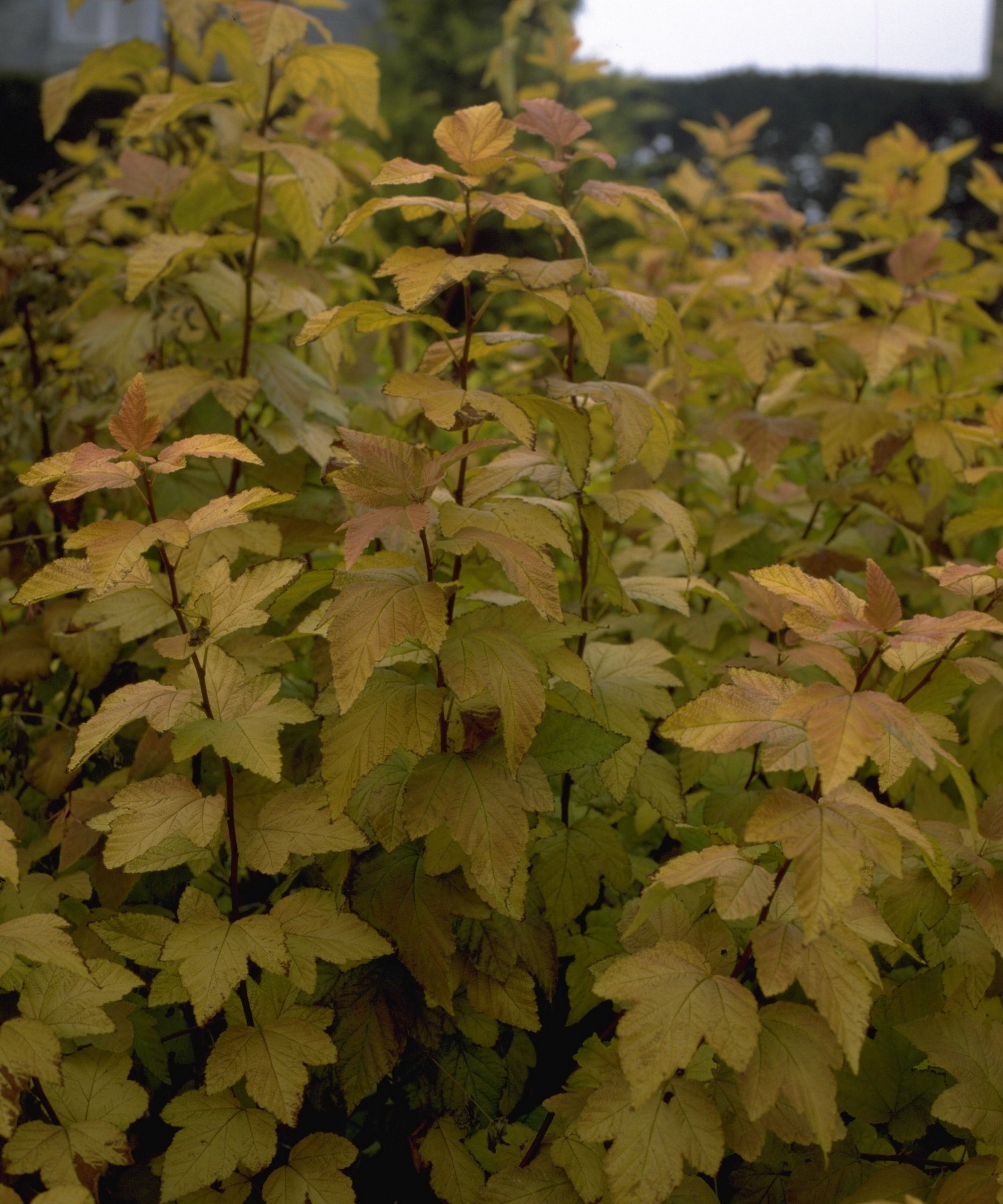
‘Yes, ninebark shrubs can tolerate hard pruning,’ says Nikki Bruner from Perfect Plants Nursery. ‘It's common to do this to rejuvenate the plant and restore overgrowth or leggy growth.’
If you wish to rejuvenate an older shrub and hard prune ninebark, it is best to trim in late winter or early spring. To do so, use a pair of loppers and cut back all the stems to 4-6 inches from the base.
This pruning technique sacrifices a year of blooms, but will stimulate new growth and reward you with a smaller, nicer-looking shrub.
However, it is not recommended to do this with all spring-flowering shrubs. For example, witch hazel is a shrub to never hard prune, as it can get extremely stressed and die from being cut back to ground level.
Always do research and check whether hard pruning is a pruning mistake or not for any particular shrubs.
FAQs
Can I prune ninebark in the fall?
No, it is not advisable to prune ninebark in the fall. The new growth that appears post-pruning is vulnerable to frost damage in winter and can leave the shrub more susceptible to pests and diseases. The ideal time to prune ninebark is in late spring or early summer after flowering, though you can trim in early spring too.
Ninebark is among the best shrubs or trees with attractive bark, and such plants make intriguing additions to any garden. If you are after other statement plants that will impress with distinctive bark, this guide to trees with unusual bark offers 10 great options to consider.

Drew has worked as a writer since 2008 and was also a professional gardener for many years. As a trained horticulturist, he worked in prestigious historic gardens, including Hanbury Hall and the world-famous Hidcote Manor Garden. He also spent time as a specialist kitchen gardener at Soho Farmhouse and Netherby Hall, where he grew vegetables, fruit, herbs, and cut flowers for restaurants. Drew has written for numerous print and online publications and is an allotment holder and garden blogger. He is shortlisted for the Digital Gardening Writer of the Year at the 2025 Garden Media Guild Awards.
You must confirm your public display name before commenting
Please logout and then login again, you will then be prompted to enter your display name.
